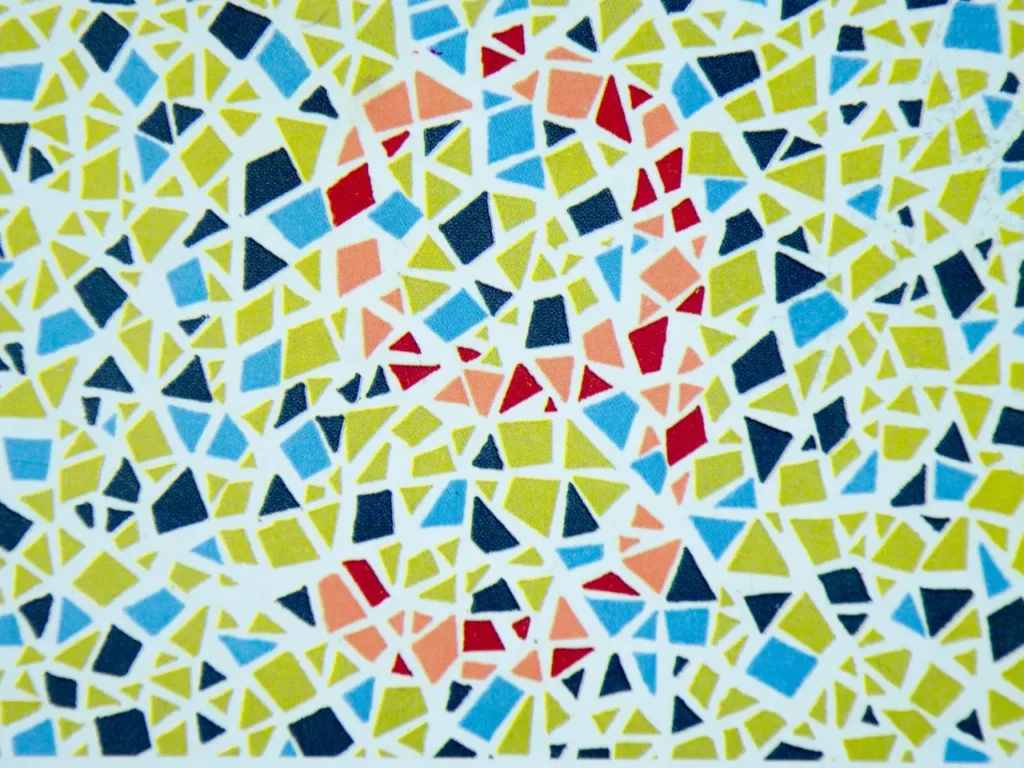Updated on July 22, 2024

What is Colour Blindness?
Colour blindness occurs when you can’t see colours in the usual way due to issues with the cones (nerve cells) in your eyes, which may be missing or not functioning properly. This can make it hard to distinguish between certain colours or shades, or affect how bright colours appear.
Is Colour Blindness a Disability in Australia?
Under the Disability Standards for Education 2005, disability is defined broadly and includes loss or impairment of bodily functions, diseases, and disorders of thought processes, emotions, judgment, or behaviour.
This broad definition also encompasses people who may not see themselves as having a disability, such as those with temporary injuries or those using corrective devices like reading glasses.
Colour blindness is included in this definition, and individuals who face discrimination because of their Colour blindness are covered by the Disability Discrimination Act (DDA).
What Causes Colour Blindness?
Colour blindness is often inherited and can be passed down from parents through genetics. Other causes include certain medications and medical conditions.
More severe causes can include eye injuries, brain tumours, retinal detachment, and radiation treatments, according to the National Eye Institute.
Types of Colour Blindness
Colour blindness comes in several forms, with the most common being red-green colour blindness.
Here are the main types and their definitions:
- Monochromatism (Complete Colour Blindness): This occurs when you cannot see any colours at all.
- Blue-Yellow Colour Blindness: This includes:
- Tritanopia: Difficulty distinguishing between blue, green, red, pink, purple, and yellow.
- Tritanomaly: Difficulty distinguishing between blue and green, and yellow and red.
- Red-Green Colour Blindness: This includes:
- Protanomaly: Red shades look more green.
- Deuteranomaly: Green shades appear more red.
- Protanopia: Unable to perceive any ‘red’ light.
- Deuteranopia: Unable to perceive ‘green’ light.
How to Know What Type of Colour Blindness You Have?
- Experiencing Difficulty Differentiating Between Reds and Greens – Protanopia and Deuteranopia (red-green colour blindness).
- Seeing Green Colours Appear More Red – Deuteranomaly
- Certain Shades of Red Look More Green – Protanomaly
- Incapable of Distinguishing Between Blues and Greens and Yellows and Reds – Tritanomaly (blue-yellow colour blindness)
- Affected Perception of Blue Colours – Tritanopia
- Unable to See All Colours – Complete colour blindness
How Common is Colour Blindness?
Colour blindness is relatively common. In Australia, 8% of males and 0.4% of females experience some form of Colour blindness – Vision Eye Institute.
The most common type is red-green colour blindness, which primarily affects males and is usually inherited – Better Health.
Colour blindness can also develop later in life due to eye diseases, certain medications, injuries to the brain or eyes, and brain and nervous system diseases – National Eye Institute.
Overall, it affects 1 in 12 men and 1 in 200 women.
How is Colour Blindness Treated?
While Colour blindness cannot be completely treated, certain strategies can help manage the condition.
These include using labels to indicate colours, keeping a list of important items and their colours, and relying on touch and smell to identify objects.
Can Colour Blindness be an Advantage?
A study in Western Australia is investigating whether colour blindness, particularly red-green Colour blindness, can be advantageous. Professor David Mackey from the Lions Eye Institute suggests that people who see the world in two colours might have enhanced visual perception skills in certain situations.
This could make them well-suited for jobs requiring acute visual skills, such as search and rescue or police forensics. The study aims to understand how colour blindness could be beneficial and potentially open up employment opportunities for those affected.
MORE FROM CENTRE DISABILITY SUPPORT
IS EPILEPSY A DISABILITY IN AUSTRALIA?
IS PMDD A DISABILITY IN AUSTRALIA?
Is Endometriosis a Disability in Australia?
Is Bipolar Disorder a Disability?
IS ANKYLOSING SPONDYLITIS A DISABILITY IN AUSTRALIA?
IS FIBROMYALGIA A DISABILITY IN AUSTRALIA?



